November 11, 2022
I rise before dawn with plans to hike Trabuco Creek in the foothills above San Juan Capistrano. No shorebirds this morning. In past years, the “arroyo” and its tinder-dry chapparal of sage scrub and buckwheat have gifted me with several life birds.
But first, I indulge in a large hot latte from the Coffee Importers.
From the Marina Inn’s second-floor window overlooking the harbor at Dana Point, I watch a flowering gum tree invite feeding warblers like a beacon. Townsend’s, yellow-rumps, black-throated grays, and orange-crowns incandesce as the sun rises over the rim of the world.
And then, something new. A yellow-throated, green-backed warbler-like bird with a prominent white eye ring needles insects from an erupting bloom. I recognize it only from my guidebook. Swinhoe’s white-eye.
Named for the English naturalist Robert Swinhoe who first described it in 1861, the bird is common in forests and gardens in eastern China and Taiwan. Now, probably due to the pet trade, it thrives in southern California from San Diego to Long Beach.
Life bird #466. From the hotel window.
Trabuco Creek empties into 29-mile San Juan Creek before it joins the Pacific Ocean at Doheny State Park, where I’ve spent my mornings searching the mudflats for shorebirds. Two years ago, I photographed the first Tundra swan recorded there.
Trabuco is where I go for the long-billed, long-tailed, buff-bellied California thrasher and the tiny, endangered California gnatcatcher the color of smoke. Today, maybe I’ll see other birds named for the state: a California towhee or California scrub-jay...or even a California Oregon junco!
The trail takes me along a slack-water stream that supposedly holds threatened species like tidewater gobies and red-legged frogs. In 2003, California wildlife officials netted three steelhead in a pool just downstream from Interstate 5, the ocean-going trout once spawning in the upper reaches according to historic accounts. Now, the stream splits a golf course with its manicured greens and water hazards, gum trees and privet hedges. Purple sprays of Mexican sage draw fiery hummingbirds and house sparrows. A dapper-looking scaly-breasted munia, another non-native bird from Asia, plucks at seedheads drooping from the sedges.

Thanks For supporting the Big Yard! See you there soon!
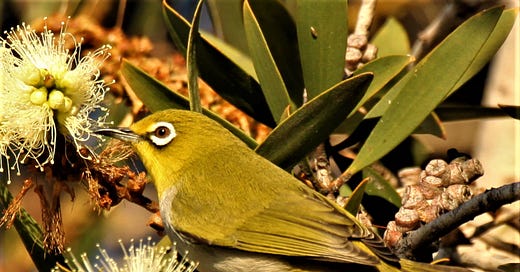



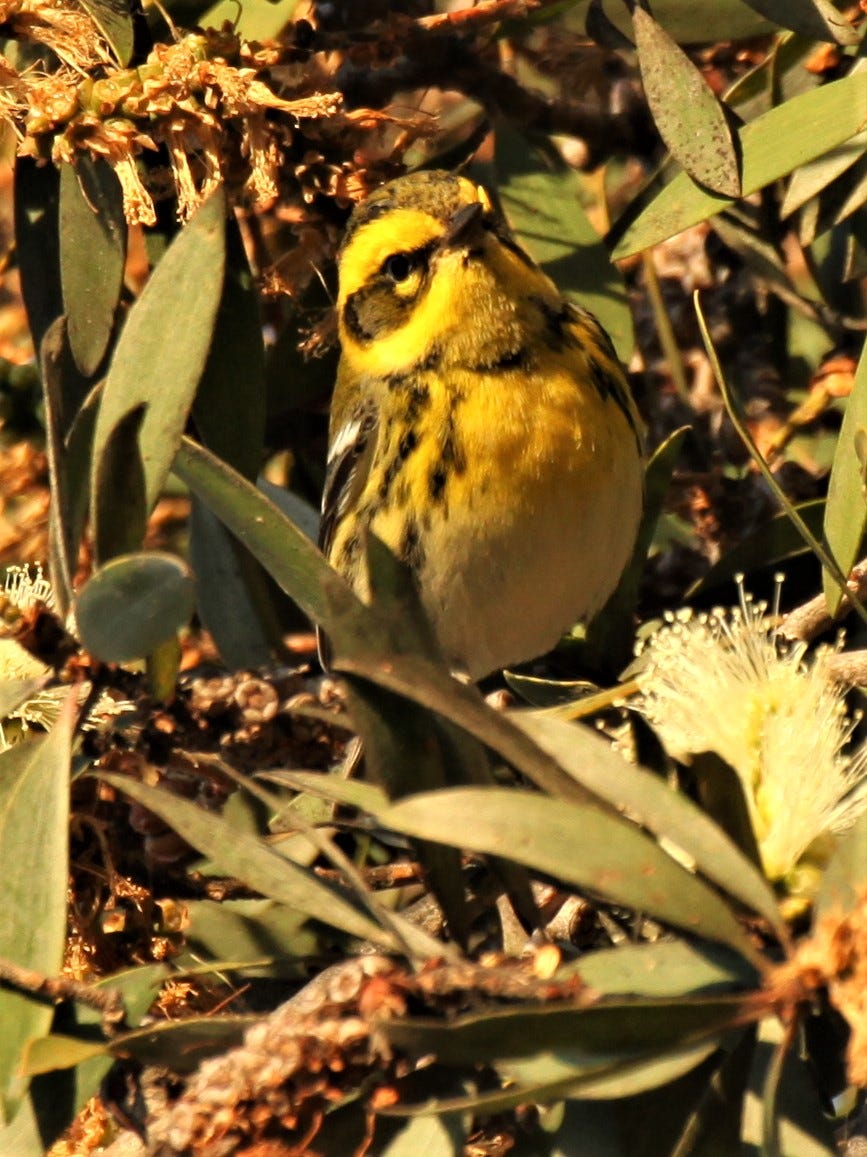
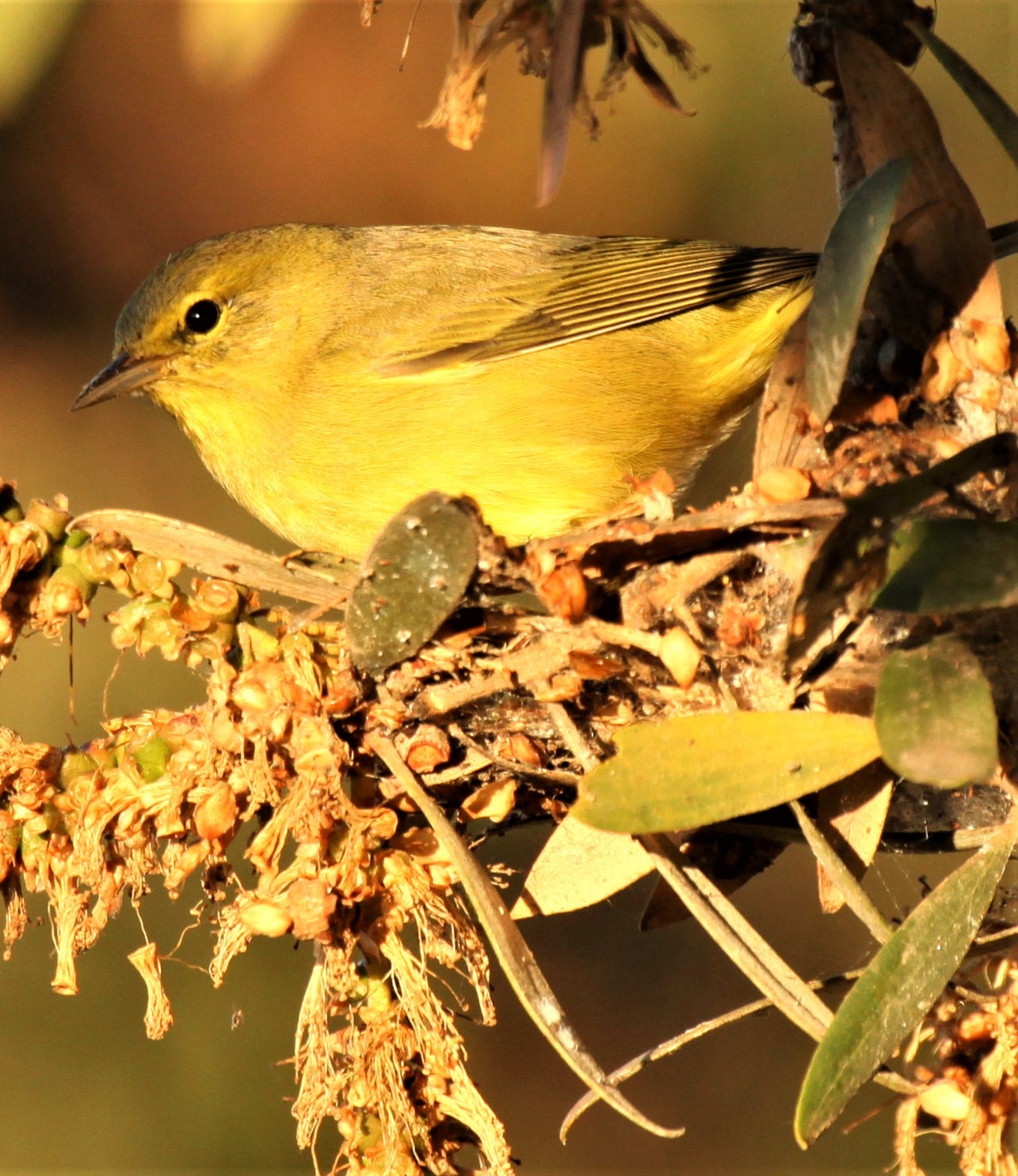
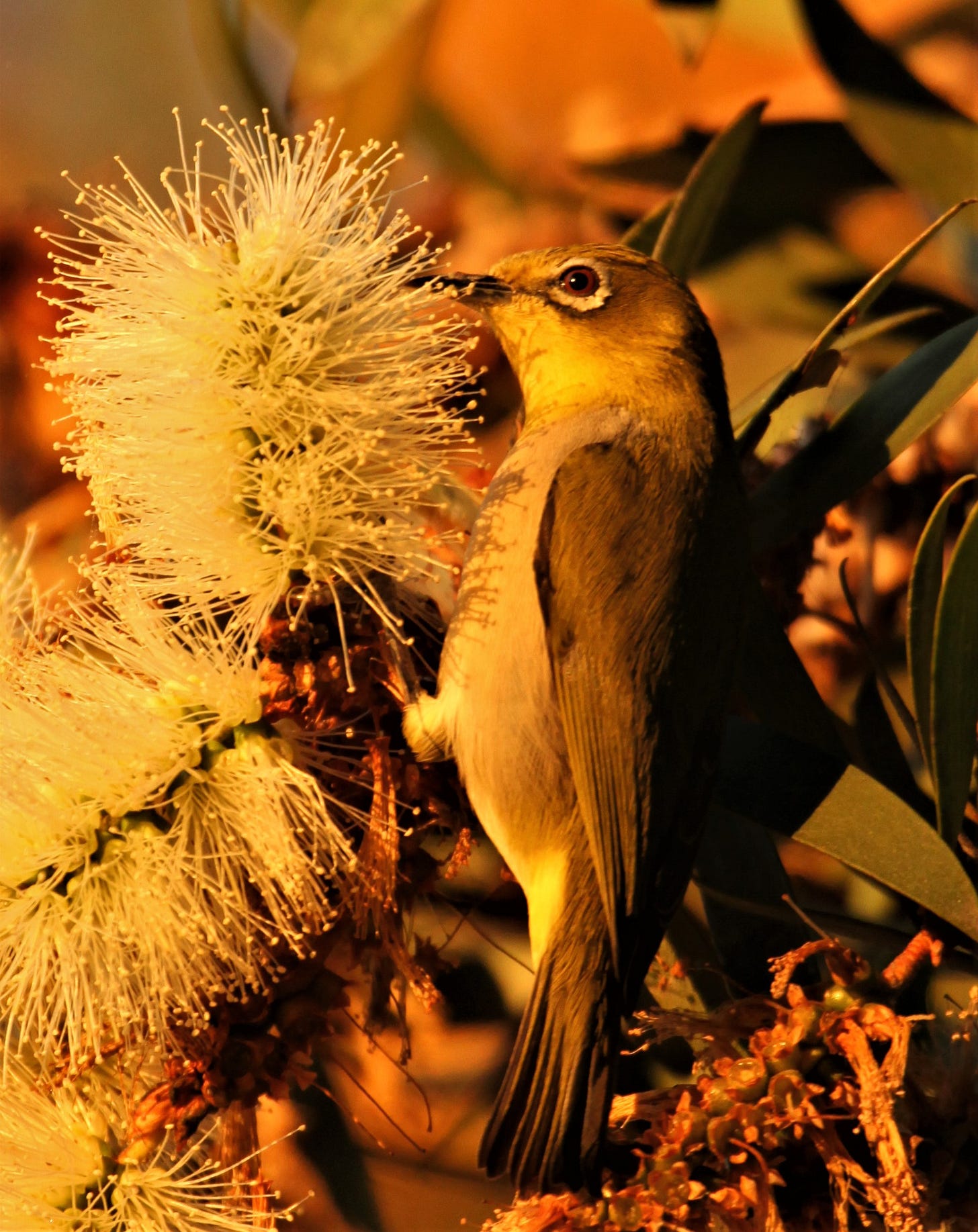
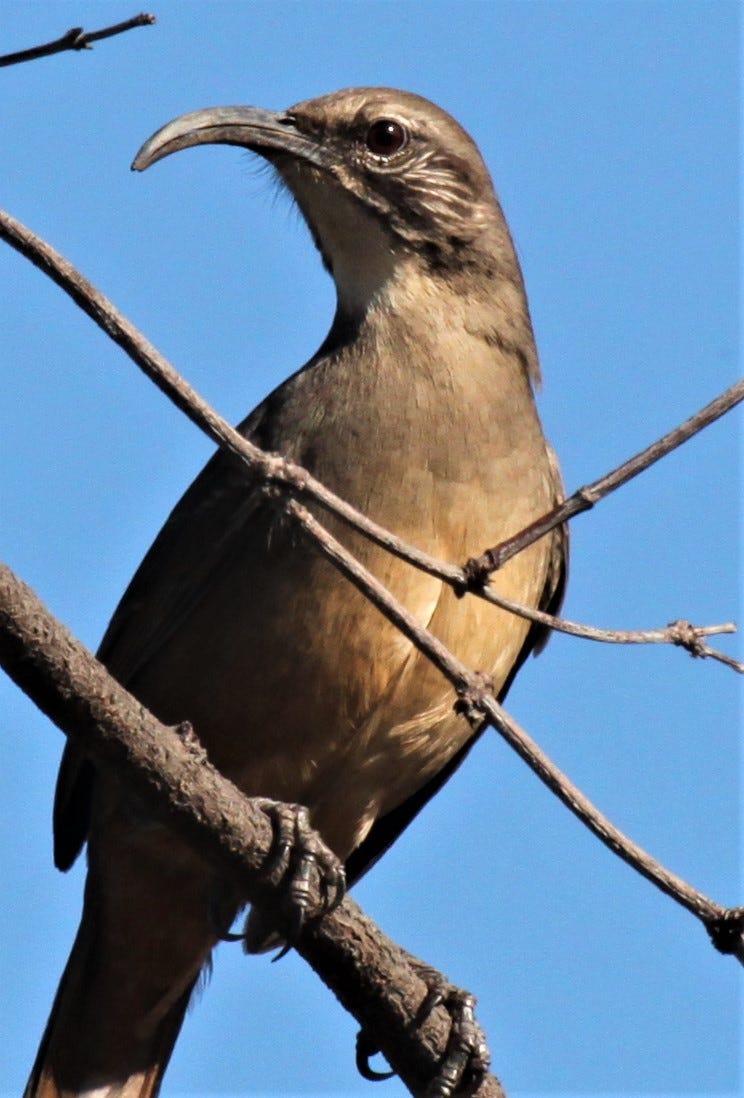
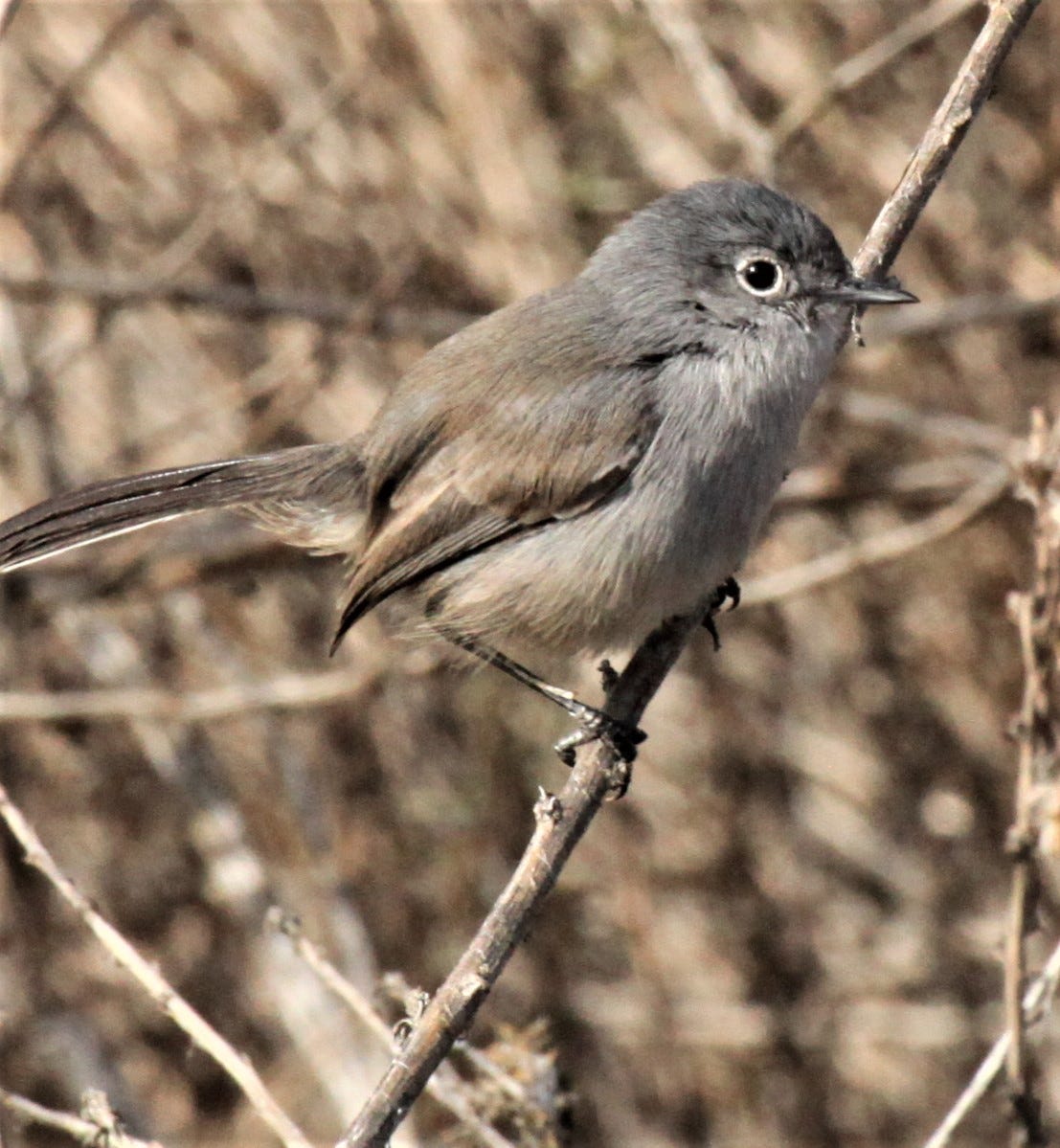



I love the way you have captured the golden light of early dawn in those photographs, and the line "as the sun rises over the rim of the world" is a wonderful touch that further breathes life into your story x
What a great trip for you, and for us to share via your beautiful photos! Thanks, Ken.